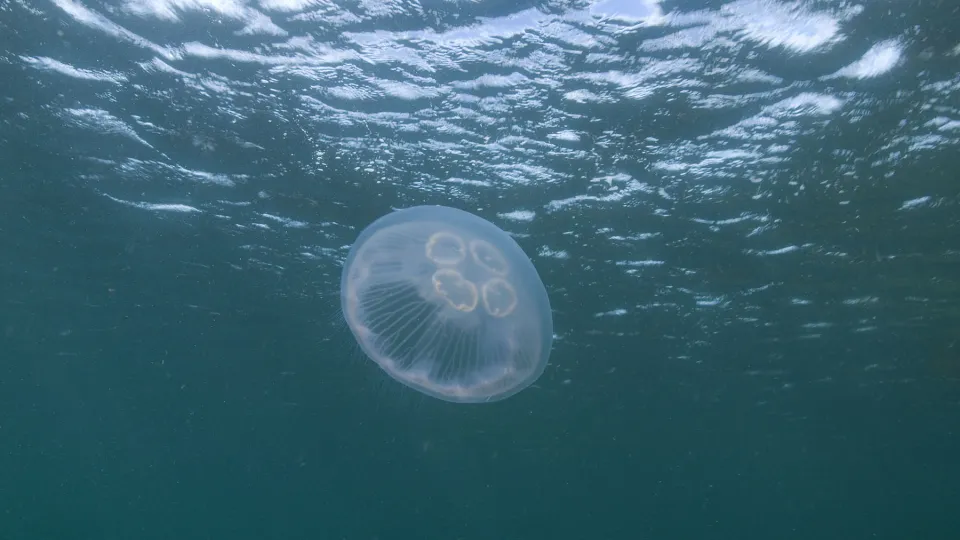
Moon jellyfish
The moon jelly is the most common jellyfish in UK seas, often washing up on our beaches. No need to worry though - it doesn't sting humans.

The moon jelly is the most common jellyfish in UK seas, often washing up on our beaches. No need to worry though - it doesn't sting humans.
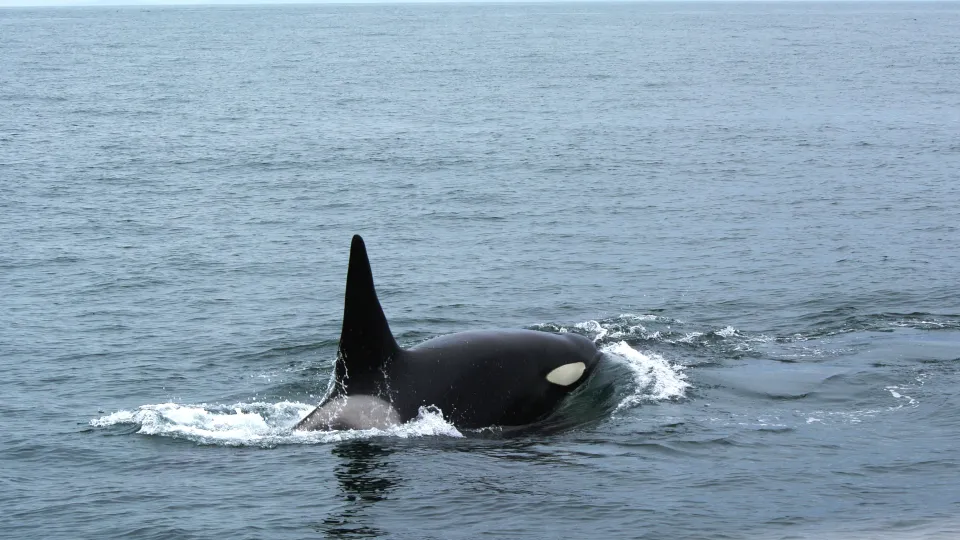
Orca, sometimes known as ‘killer whales’, are unmistakable with their black and white markings. Although we do have a small group of orca who live in British waters, you would be lucky to see them!
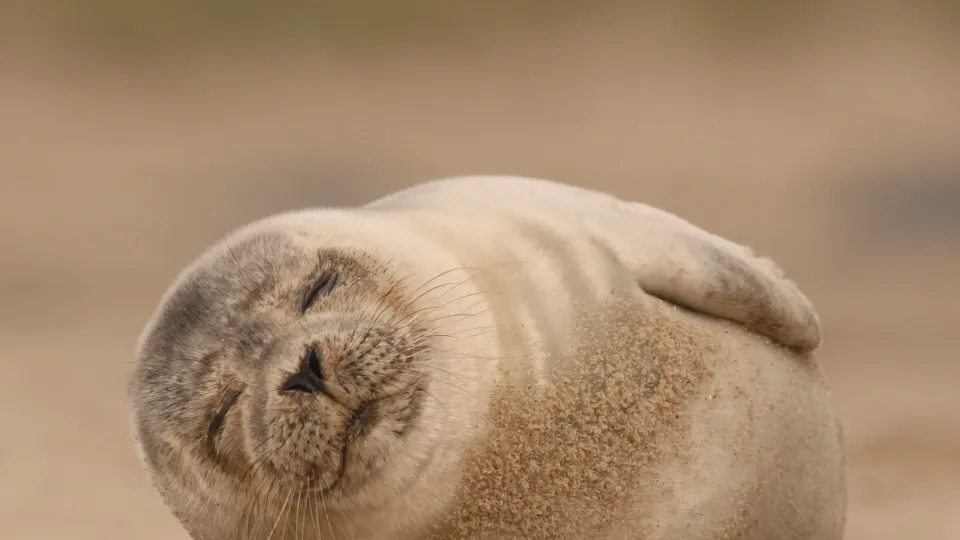
The smaller of our two UK seal species, common seals are also known as harbour seals. Despite being called "Common", they are actually less common than grey seals!
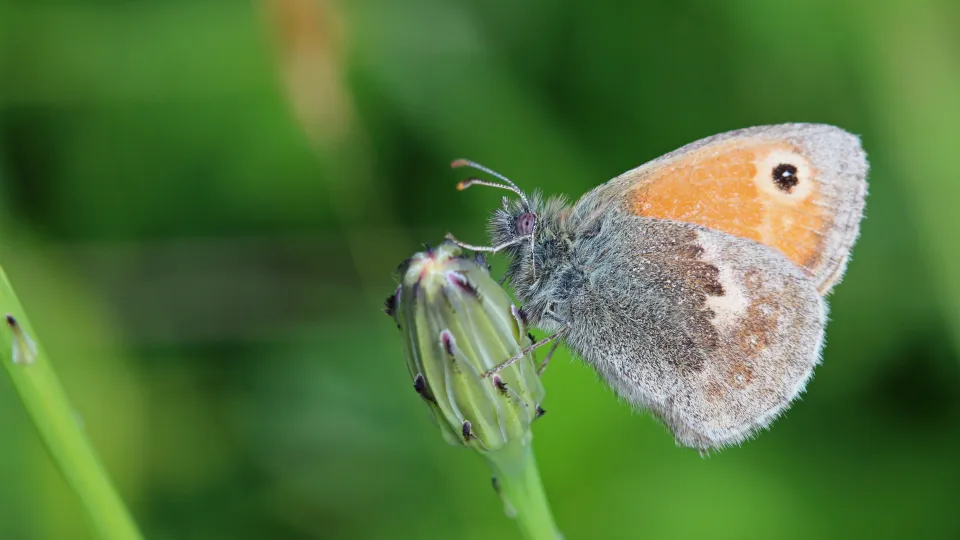
The small heath is the smallest of our brown butterflies and has a fluttering flight. It favours heathlands, as its name suggests, as well as other sunny habitats.
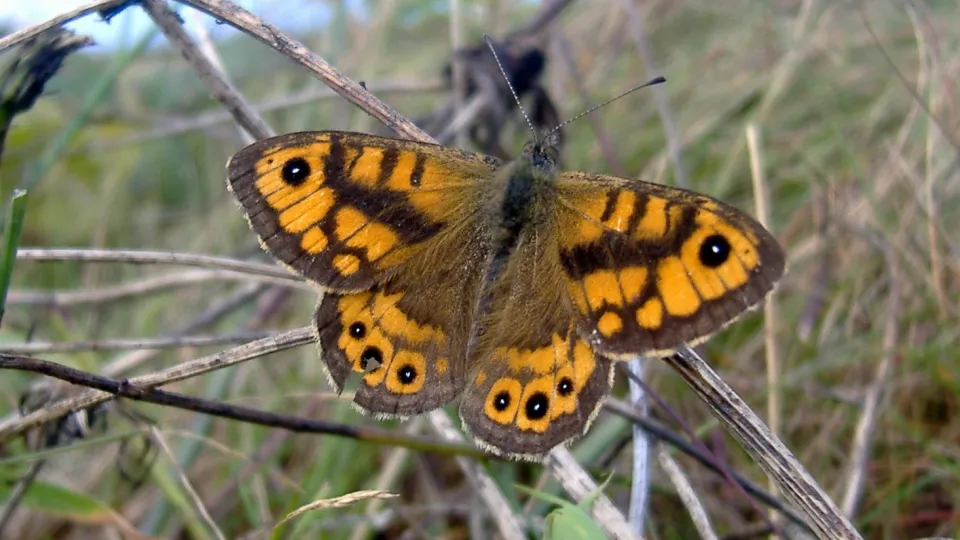
The wall brown or 'wall' gets its name from the fact it rests on any bare surface or wall! It can be found in open, sunny places like sand dunes, old quarries, grasslands and railway cuttings.
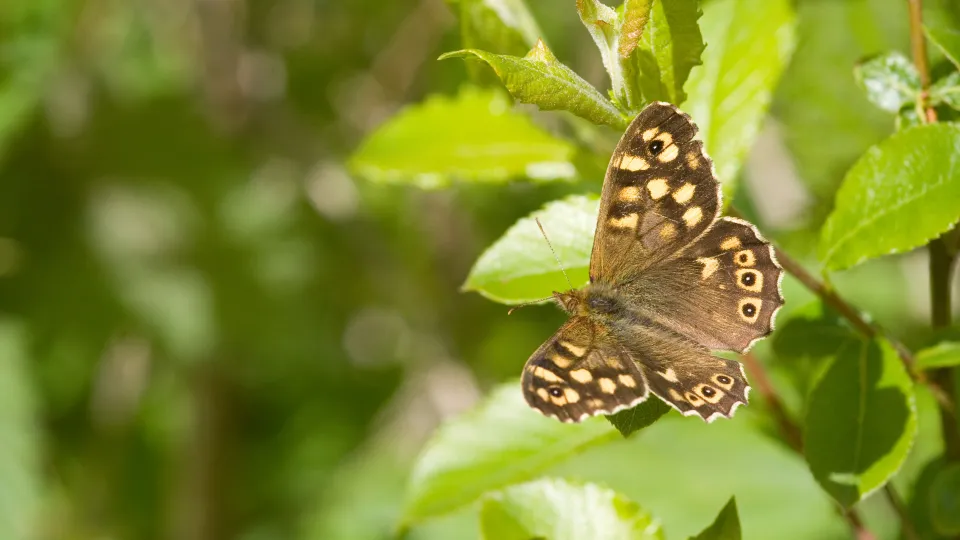
The speckled wood prefers the dappled sunlight of woodland rides and edges, hedgerows and even gardens. Despite declines, its range has spread over recent years.
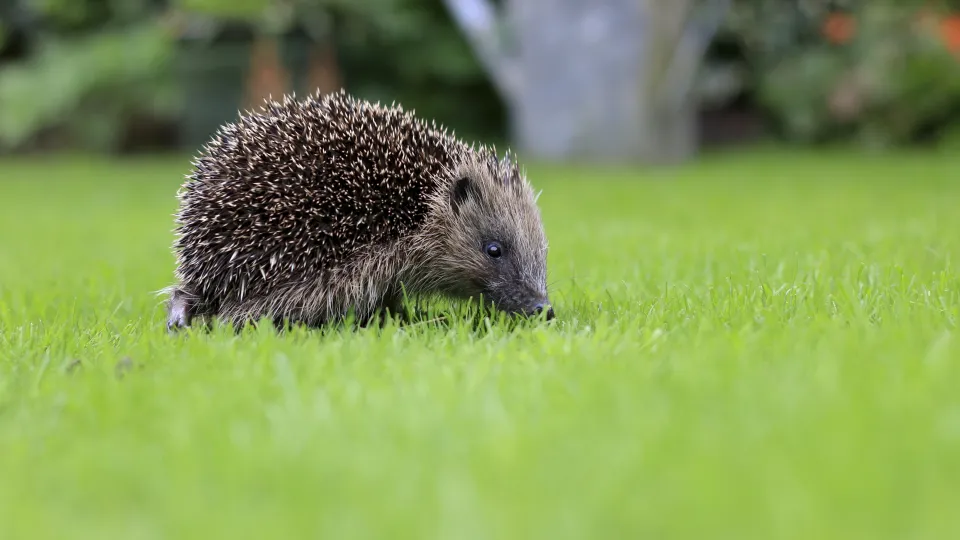
Considered a gardener’s best friend, hedgehogs will happily hoover up insects roaming in vegetable beds. Famously covered in spines, hedgehogs like to eat all sorts of bugs and crunchy beetles. They are most active at night and hibernate through winter.
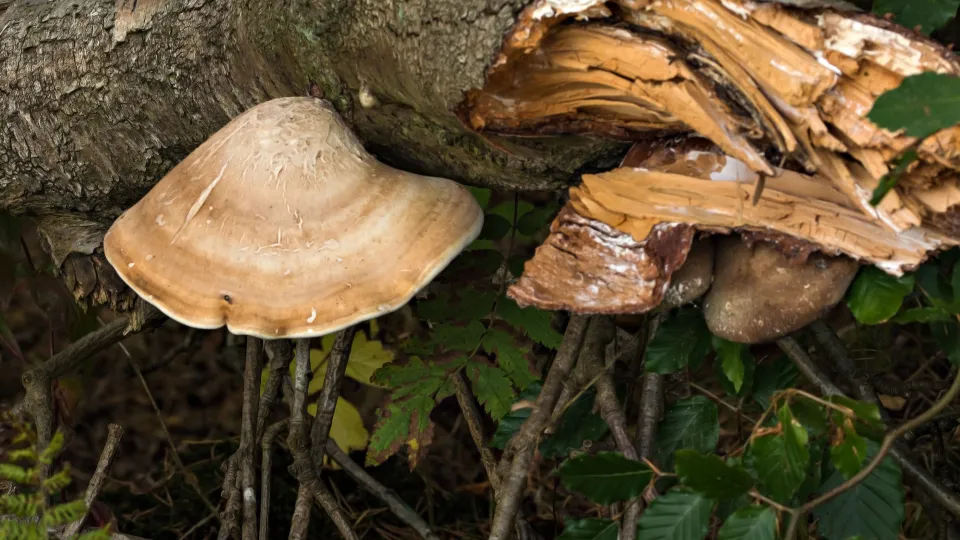
The birch polypore only grows on Birch trees. This leathery bracket fungus has a rounded, coffee-coloured cap that was once used for sharpening tools, hence its other name: the 'Razorstrop fungus'.
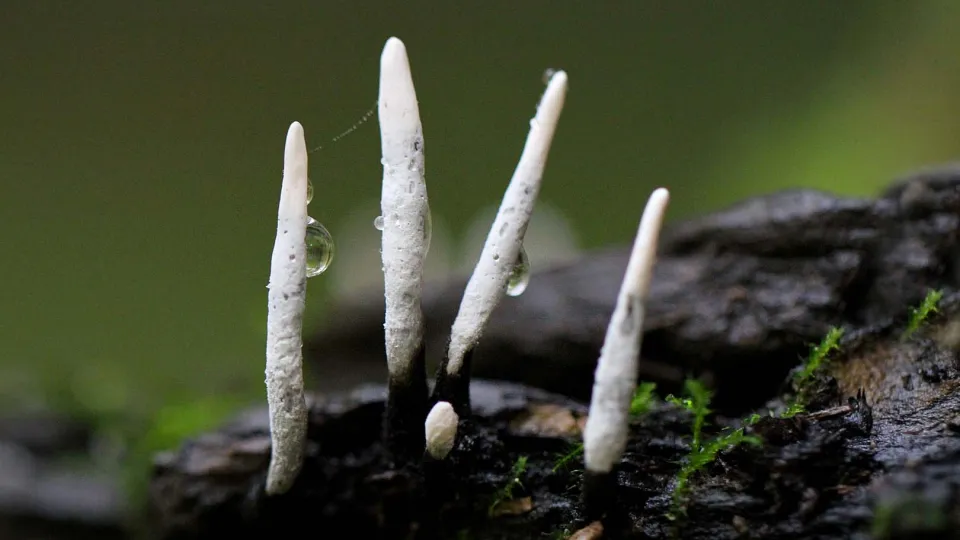
The candlesnuff fungus is very common. It has an erect, stick-like or forked fruiting body with a black base and white, powdery tip. It grows on dead and rotting wood.
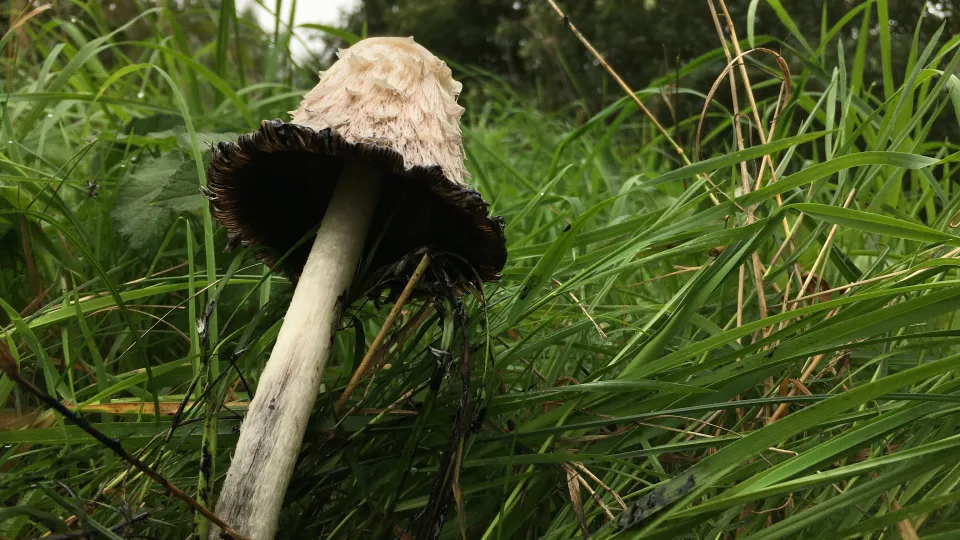
As its name suggests, the shaggy inkcap, or 'lawyer's wig', has a woolly, scaly surface to its bell-shaped toadstools. It is very common and can be seen at the road side, in parklands and even popping up in lawns.